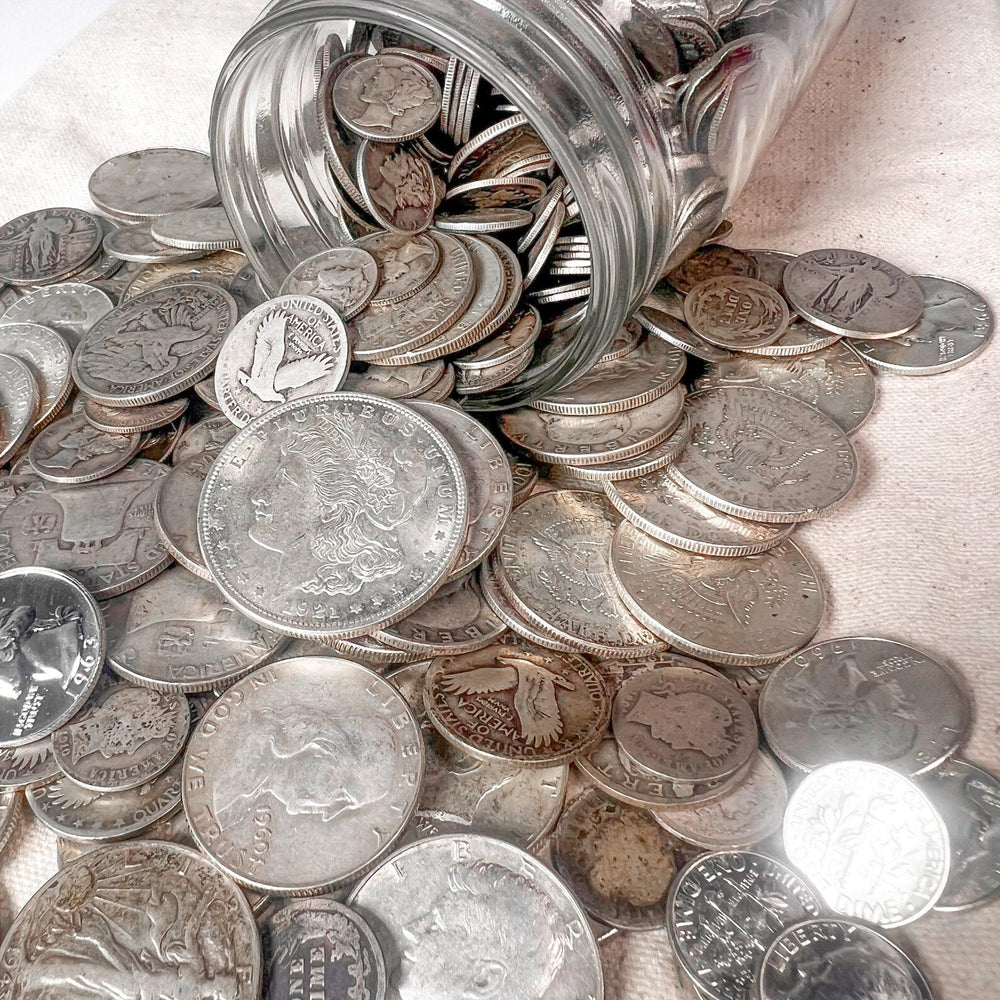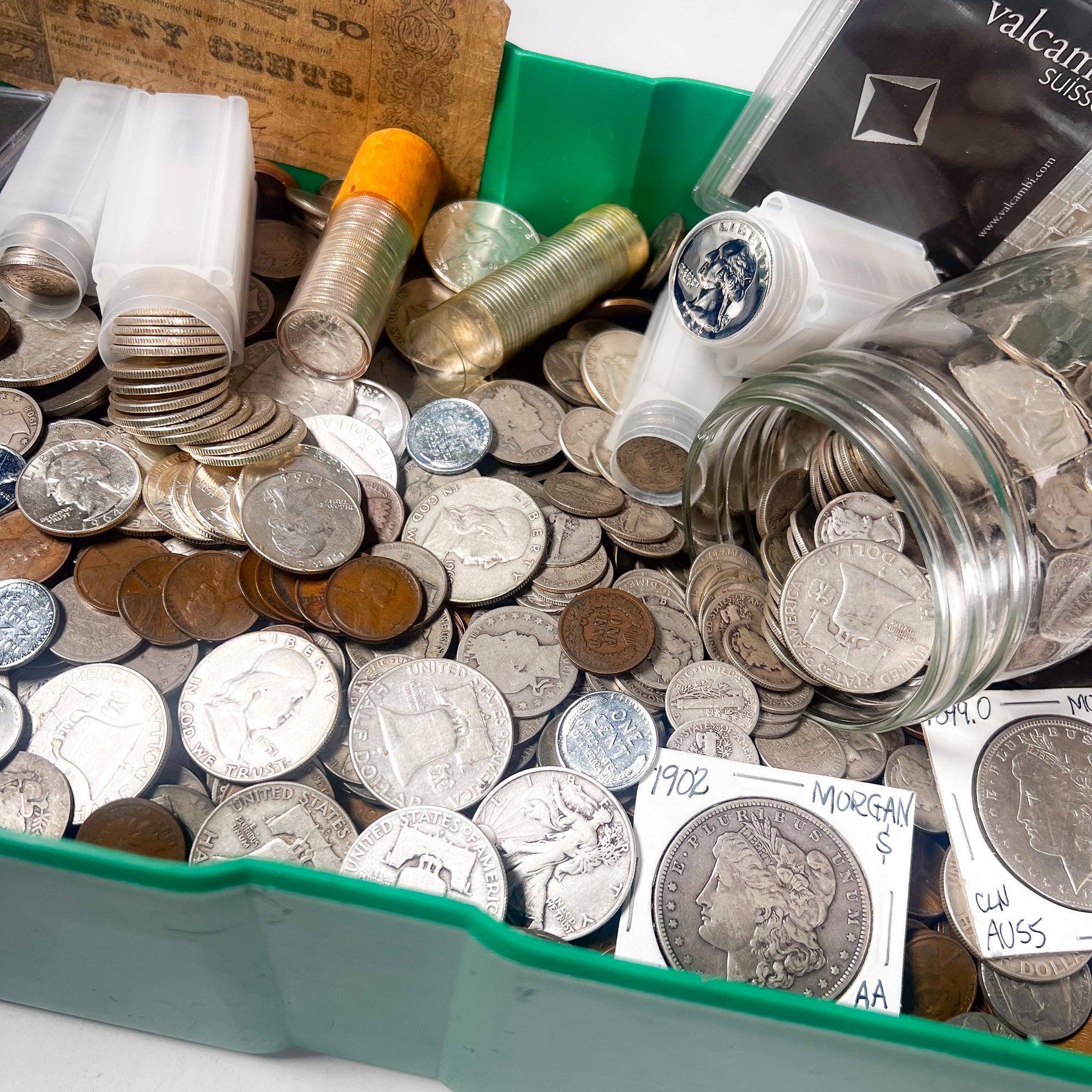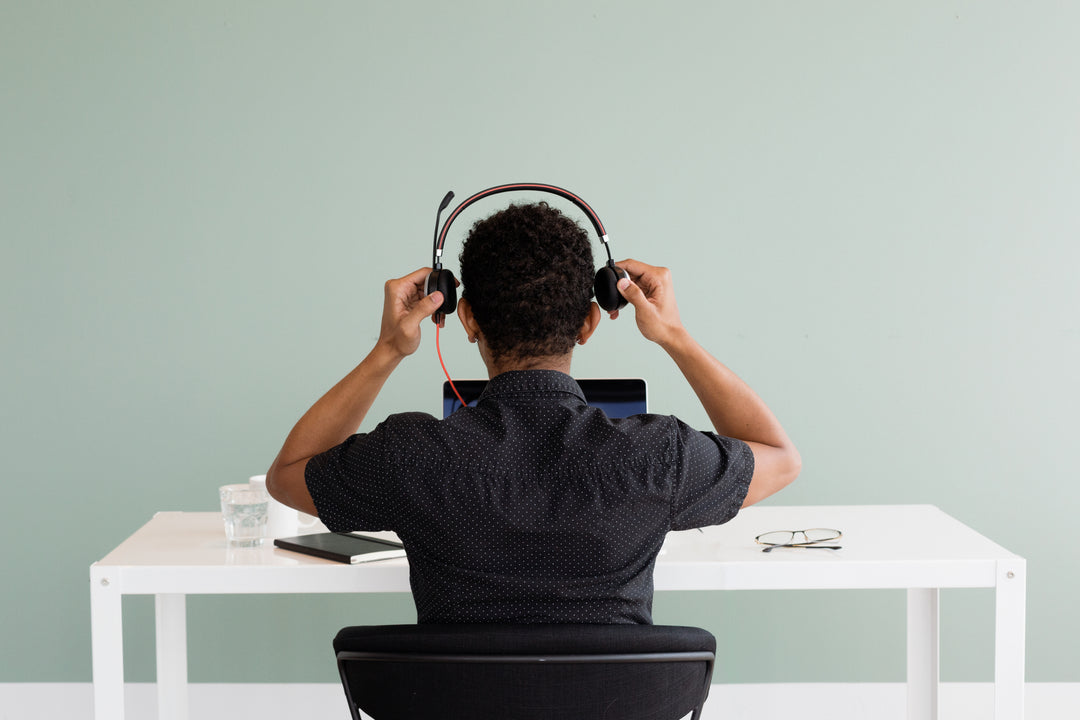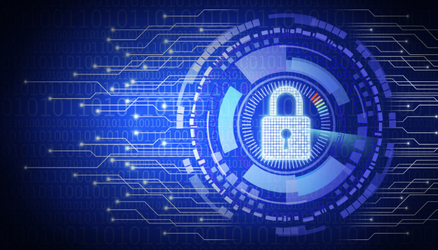How to Verify the Authenticity of Your Junk Silver and Silver Bullion: A Comprehensive Guide

Junk silver and silver bullion are popular investment options for many people. However, with the rise in counterfeit silver flooding the market, it's becoming increasingly important to know how to verify the authenticity of your silver.
In this blog post, we'll provide a comprehensive guide on how to test your junk silver and silver bullion, so you can buy and sell with confidence.
What is "Junk" Silver?
First up, let's talk about junk silver. Junk silver is a term used to describe pre-1965 US coins that contain 90% silver. The easiest way to verify the authenticity of junk silver is by examining the coins' weight and size. A genuine pre-1965 US dime should weigh 2.5 grams and have a diameter of 17.9mm. If your coin doesn't match these specifications, it's likely a fake.
The Second Junk Silver Test
Next, you can use the magnet test to verify your junk silver's authenticity. Silver is non-magnetic, so if your coin sticks to a magnet, it's not silver. Keep in mind, however, that the magnet test is not foolproof, as some counterfeiters can make fake coins that are non-magnetic.
Methods for Testing Silver Bullion
Moving on to silver bullion, the first step to verifying its authenticity is to check the markings on the coin or bar. Most reputable bullion dealers will include a hallmark or mint mark on their products. If your bullion doesn't have any markings, or the markings look suspicious, it's a red flag.
You can also perform the weight and size test on your silver bullion, similar to the method for junk silver. A genuine one-ounce silver bar should weigh 31.1 grams and have dimensions of 50.8mm x 28.6mm x 3.2mm. Any deviation from these specifications could indicate a fake.
Additionally, you can use the sound test to verify the authenticity of your silver bullion. Silver has a distinct ringing sound when struck, while other metals will produce a dull thud. Simply tap your bullion with a hard object and listen for the sound. If it rings, you've likely got genuine silver.
Finally, you can also use an XRF analyzer to test the purity of your silver bullion. This method is more expensive, but it's also the most accurate way to verify the authenticity of your silver. An XRF analyzer will give you a breakdown of the metal composition of your bullion, allowing you to confirm its purity.
To Sum Up
Junk silver and silver bullion are great investment options, but it's essential to know how to verify their authenticity. By using the methods outlined in this post, you can ensure that you're buying and selling genuine silver. Always purchase your silver from reputable dealers and use these tests to keep yourself protected from counterfeiters. If you're looking to get started on your silver investment journey, feel free to check out some of the silver items we have available!












